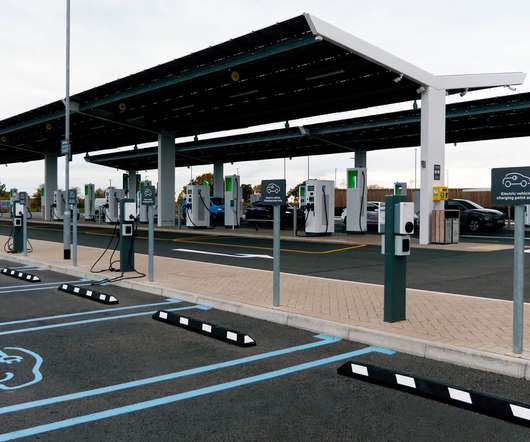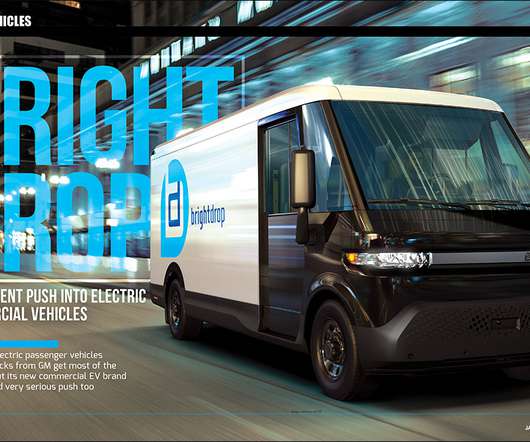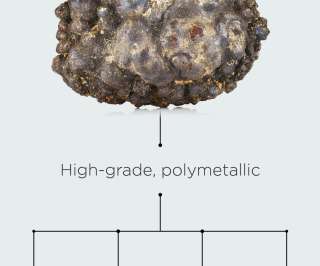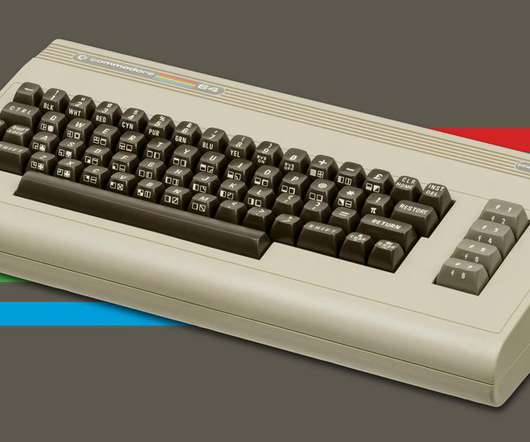Leveraging Parking Lot Solar Panels for EV Charging
Clean Fleet Report
DECEMBER 29, 2022
Parking lots seem logical places for solar farms, blocking the sun’s rays from baking vehicle interiors and converting that energy to usable power to make the cars run. It’s now or never if humans hope to prevent the mercury from increasing by 1.5° Why aren’t such facilities multiplying everywhere? The way it could be.

















Let's personalize your content